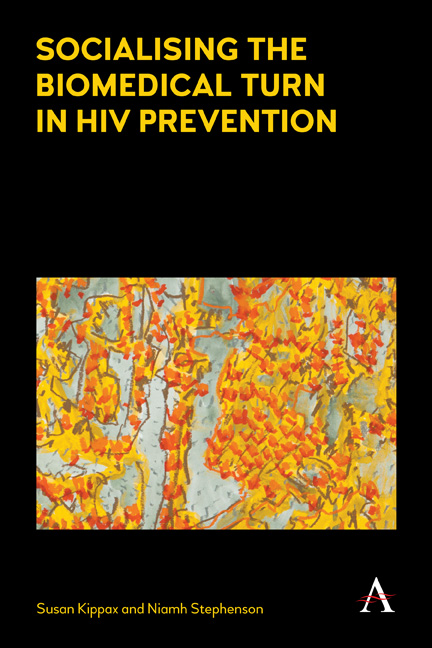1 - Mapping a Social Disease
from Part I - EFFECTIVE HIV PREVENTION
Published online by Cambridge University Press: 17 June 2017
Summary
As the Joint United Nations Programme on HIV/AIDS (UNAIDS) annual country reports demonstrate, there is not one HIV epidemic but many (UNAIDS, 2014a, 2104b). There are differences in the patterning of HIV prevalence and HIV incidence, in HIV-transmission routes and also in terms of HIV-prevention responses and treatment uptake, all of which vary from country to country and from region to region. There is no singular HIV epidemic: the patterning is local and particular. For example, HIV prevalence ranges from zero in Nauru, a small island in the Pacific that currently has no case of HIV/AIDS, to Swaziland, a country in southern Africa that has one of the world's highest HIV prevalence rates: 31 per cent among adults aged 18–49 years (2014b), a rate that has not changed significantly since 2001 (Whiteside & Strauss, 2014). Because there is not one epidemic, the promise of one ‘silver bullet’ HIV-prevention strategy is illusory. Rather, we argue here that understanding what kinds of HIV-prevention efforts work, and how they work, demands engaging with the specificities and contingencies of particular epidemics. Understanding and enabling an effective HIV-prevention response demands input from social scientists.
A Brief Review of HIV/AIDS
AIDS was first documented in the United States among gay and other homosexually active men in 1981 and, although not identified until later, it was also affecting people in that country who injected drugs. However, it is now clear that long before its identification in the United States – and perhaps as early as the 1920s – AIDS was taking a toll on people in Africa, the majority of whom were heterosexual. Since that time HIV, the human immunodeficiency virus that causes AIDS, has spread from a few widely scattered ‘hot spots’ to virtually every country in the world. Globally, in 2013 between 32.2 and 37.2 million people were living with HIV, although since 2001 new infections have fallen by 38 per cent (UNAIDS, 2014a).
High prevalence (the proportion of the population living with HIV in a given year) is associated with ‘generalised’ epidemics, where the major route of transmission is vaginal sexual intercourse in the ‘general’ (heterosexual) population, while in ‘concentrated’ epidemics HIV is transmitted primarily through anal intercourse among gay and other homosexually active men, or via injecting practices among people who inject drugs, as well as between sex workers and their clients.
- Type
- Chapter
- Information
- Socialising the Biomedical Turn in HIV Prevention , pp. 9 - 26Publisher: Anthem PressPrint publication year: 2016



